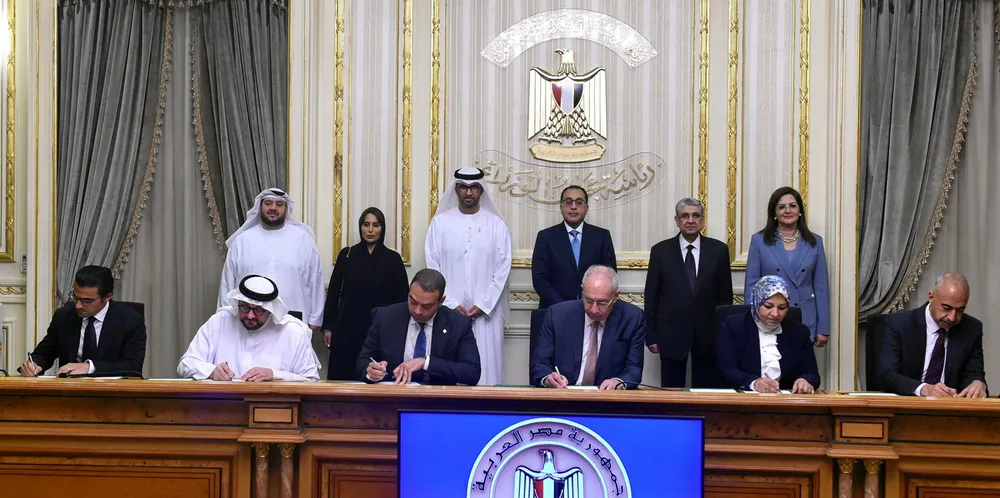Abu Dhabi aims to fuel ships with e-methanol derived from green hydrogen at Suez Canal
State-owned Masdar and Egyptian partner plan to produce 100,000 tonnes of the synthetic fuel by 2026, before scaling up to 4GW of renewable H2 by 2030

State-owned Masdar and Egyptian partner plan to produce 100,000 tonnes of the synthetic fuel by 2026, before scaling up to 4GW of renewable H2 by 2030
